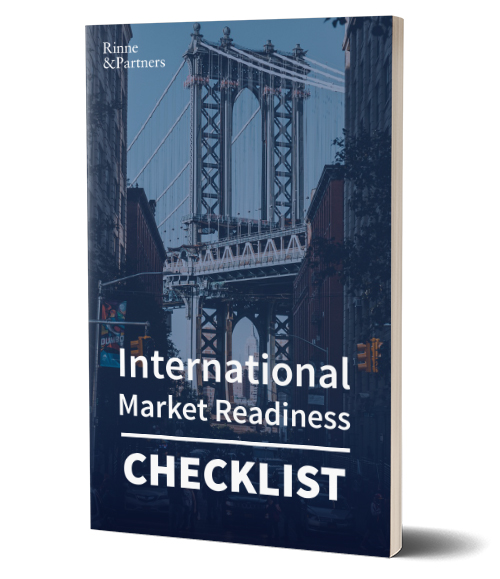I have been there…after signing a lucrative partnership agreement, I thought that we cracked it and the path to success was clear for us. Nope! It’s not going to happen that way – ever! Partnerships need attention. You need to work hard on evaluating potential partners and selling your value proposition to them in order to get their attention and eventually sign the agreement. But…the real work starts after that!
Choose your partners carefully
Oh really!? I thought that the partner chooses us! No. You need to sign partners that fit your go-to-market strategy and commit to the partnership. They need to possess the right skill set, resources, and experience in providing services and/or products to your target segment. Oh…and they have to have deep pockets and have to allocate enough manpower to support your joint initiative. You should follow a strict routine when negotiating with partners. You have to ask their commitment to joint target setting and business planning. Remember, signing the wrong partners could turn out to be very frustrating with lots of costs involved and time and resources gone down the drain.
Prepare, prepare and prepare
When starting the time-consuming process of finding new partners, you need to be prepared. It all starts with having good enough materials to get started. You should have at least the agreements (yes!), partner presentation (” why partner with us”) a basic partner program, and a thought of partnering process. You cannot enter a meeting and, when being asked” how do we work together”, answer” OK, let me see, I’ll get back to you…”. You have to slam to the table a solid productized partner program with a message;” here’s how!” Partner program and all agreements need to cover different partnership types. For example, you could have three types of partners; resellers (sell-through), agents (sell with), consultants (both sell-through and with). Drawing only one agreement for all the above scenarios is very difficult, if not impossible.

Download our checklist to make sure your company is ready to expand internationally!
Download NowPartner program
A good partner program boosts your image as a professional company who also plans things. Partner program outlines incentives, partnership levels, day2day engaging, sales and tech support, joint business planning structure and contacts from both parties. It is practically a bible for your company’s partnerships. At some point in the boarding process, you will be asked how do you work with partners. The partner program answers this question.
Joint business planning
As mentioned earlier, the work starts when the agreement is executed. You have signed the partner to create a new business with you. This is your target, you need to get the partnership working to create business for both parties! Otherwise, this has been a total waste of time and – yes – money. So how do I do that? There’s no simple answer, but here are a few ideas you need to consider. During the onboarding process (that is when you are still in the engagement phase), you need to get the management level commitment (if your proposal is going change the way the partner does business, the commitment needs to come from C’level) to the targets and joint business planning. The business planning process needs to be written in your partner program, but also in the agreement. You need to plan the business regularly and it includes things like sales targets, marketing campaigns, incentives and training for the sales team. If the partners’ salespeople are not (at all or poorly) incentivized to sell your product, they won’t sell it! Surprised? You should work hard with the sales management and meet regularly to discuss targets and align plans.
Work hard, it pays off
Building a partner channel is not easy and quick but if you manage to do it right, it’s a very scalable business model. Try to do it the same way in different markets (sometimes you do need to localize a bit) and productize your approach. This makes rolling out the channel strategy and execution easier. Prepare yourself for delays, as in channel play, you first need to sell to the partner and only after that to the end customer. This takes time. Do plan your finances accordingly. In case you need more funding to support your exercise, start your funding round in a good time. Consider also that, due to travel restrictions, you cannot fly over to meet partners and customers. In this case, you should consider hiring a local contractor to do the job.
We build international success stories
International expansion is a daunting task that companies still manage to overlook when crafting their plan. This results in less than ideal execution that doesn’t bring any satisfactory results. We work with B2B SaaS companies to create a comprehensive sales and go-to-market plan as well as build a sales team to make sure your future clients know you’re there to stay.

















